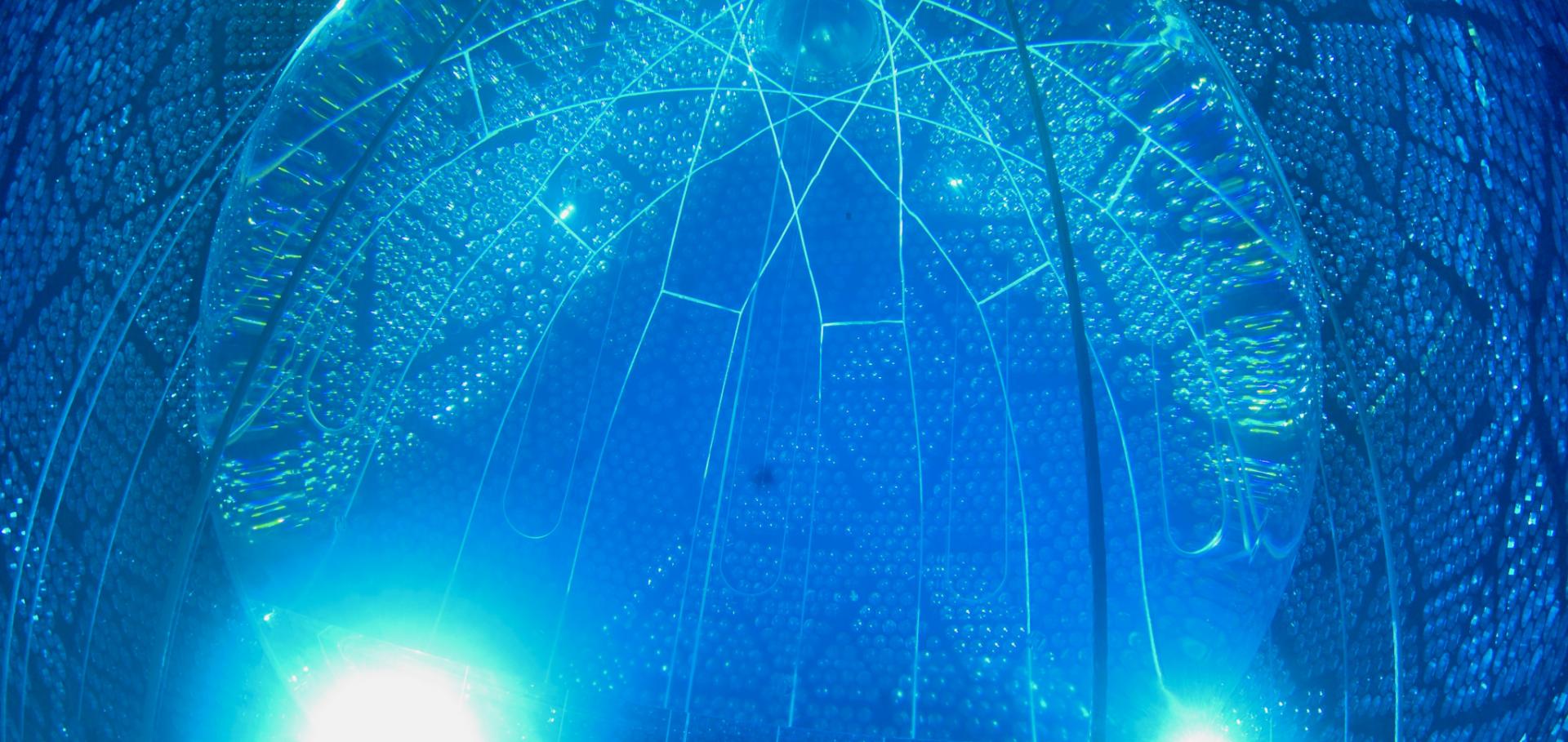Measurement of the $^8$B Solar Neutrino Flux Using the Full SNO+ Water Phase
(2024)
Initial measurement of reactor antineutrino oscillation at SNO+
(2024)
Event-by-event direction reconstruction of solar neutrinos in a high light-yield liquid scintillator
Physical Review D American Physical Society (APS) 109:7 (2024) 072002
Event-by-Event Direction Reconstruction of Solar Neutrinos in a High Light-Yield Liquid Scintillator
(2023)
Evidence of antineutrinos from distant reactors using pure water at SNO
Physical Review Letters American Physical Society 130:9 (2023) 91801

